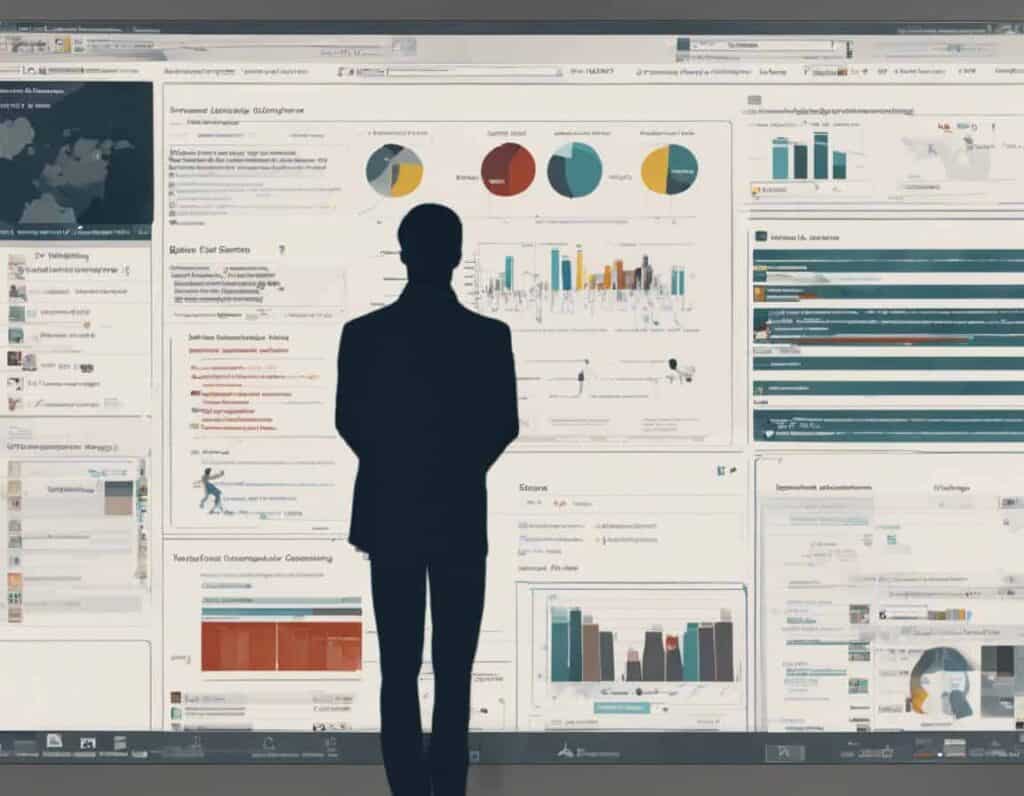In the fast-paced world of sales, efficiency and adaptability are key. Beest.app emerges as a critical tool for sales managers and directors, providing a robust platform for managing campaigns with precision and agility.
With Beest.app, the complexity of managing multiple, overlapping campaigns becomes manageable, enabling sales teams to focus on what truly matters—winning over customers and driving sales.
This blog post will explore how Beest.app can revolutionize your campaign management from setup to execution.
Types of Campaigns You Can Manage in Beest.app
Beest.app is a comprehensive sales management software that revolutionizes the way sales campaigns are designed, executed, and monitored. It features an all-in-one Campaign Command Center that equips sales leaders with adaptive tools and actionable data to streamline the entire process.
The campaign management feature functions as the core of Beest.app, offering a centralized platform where users can easily create, manage, and analyze multiple campaigns.
With tools like real-time insights, interactive live maps, and automatic communication routines, Beest.app ensures that each campaign is executed efficiently and effectively, enabling sales teams to optimize their strategies in real time and achieve better outcomes.
This field sales tool is designed to handle a variety of campaign types, each with unique requirements and goals. Here are a few examples.
1. Consumer Direct Campaigns
Engage directly with consumers by leveraging real-time analytics and engagement boosters that tailor messages and offers to individual preferences.
2. B2B Campaigns
For businesses targeting other businesses, Beest.app facilitates streamlined communication and complex contract negotiations with tools like digital contract management and automatic communication routines.
3. Market Expansion Campaigns
When entering new markets, use Beest.app’s customizable modules and smart territory mapping to strategically plan and execute campaigns that resonate with new demographic segments.
4. Product Launch Campaigns
Perfect for introducing new products, this campaign type utilizes Beest.app’s dynamic design features to quickly adapt promotional strategies based on consumer feedback and market penetration analytics.
5. Customer Retention Campaigns
Focus on keeping your existing customers engaged and loyal with targeted strategies that use detailed segmentation and personalized communication routines, all managed through Beest.app’s seamless interface.
Step-by-Step Guide to Setting Up Your Campaign
To effectively set up a campaign in Beest.app, follow these detailed steps.
- Initial Setup: Start by defining the type of campaign. Choose from the existing templates or create a new one tailored to your specific goals.
- Design and Customization: Utilize the intuitive drag-and-drop interface to design your campaign. Segment your audience using detailed analytics to ensure your message reaches the right people.
- Communication Planning: Set up automatic communication routines to keep stakeholders informed and engaged. Customize these communications for different segments of your audience to increase relevance and impact.
- Deployment and Monitoring: Launch your campaign and use Beest.app’s live tracking and real-time data to monitor its progress. Make adjustments on the fly to respond to market feedback and improve outcomes.

Tips for Effective Campaign Management with Beest.app
Effective campaign management is key to maximizing the impact of your sales strategies. Beest.app provides a suite of tools designed to enhance efficiency and adaptability in managing diverse sales campaigns.
- Leverage Data Insights: Regularly consult the dashboard to understand campaign performance metrics and adjust strategies accordingly.
- Automate Where Possible: Utilize automation for routine tasks like communications and data collection to free up valuable time for strategic decision-making.
- Stay Flexible: Remain adaptable, using Beest.app’s instant updates and customizable modules to swiftly respond to changing market conditions.
- Enhance Communication: Use Beest.app’s automatic communication routines to maintain consistent and effective contact with your team and customers.
- Segment Your Audience Precisely: Apply detailed analytics for accurate audience segmentation to ensure tailored and impactful messaging.
- Monitor and Optimize Continuously: Keep a close watch on real-time campaign metrics to continually refine and improve campaign elements.
- Empower Your Team: Provide your team with the necessary tools and information through Beest.app to ensure they are prepared and proactive.
- Integrate Across Platforms: Connect Beest.app with other tools and platforms to ensure seamless data flow and cohesive campaign management.
By leveraging Beest.app’s comprehensive features, sales teams can drive more effective campaigns, ensuring they not only reach but exceed their strategic goals.
Why Use Beest.app for Your Sales Campaign Management
Beest.app is not just another sales management tool; it’s a comprehensive solution designed to transform the way you manage and execute your sales campaigns.
With its intuitive design and powerful features, Beest empowers sales teams to operate more effectively and with greater strategic insight.
Here are some compelling reasons why Beest.app should be your go-to for sales campaign management:
A. Centralized Control
Beest.app provides a unified platform for managing multiple campaigns, making it easier to maintain consistency and oversight.
From one central dashboard, you can access all your campaigns, track their progress, and make adjustments as needed.
This centralization saves time and reduces the complexity of handling various campaigns simultaneously.
B. Advanced Reporting Tools
With Beest.app, you gain access to sophisticated reporting tools that deliver deep insights into the performance of your campaigns.
These tools help you identify what’s working and what isn’t, allowing for data-driven decision-making.
You can optimize strategies and enhance overall effectiveness by understanding your campaign dynamics in detail.
C. Efficient Resource Allocation
Beest.app’s smart territory mapping and route optimization features ensure that your resources are allocated in the most efficient way possible.
This not only maximizes coverage and impact but also reduces costs and increases the productivity of your sales force.
By strategically planning your sales territories, you can ensure optimal performance from your team.
D. Seamless Integration Capabilities
One of the key benefits of using Beest.app is its ability to seamlessly integrate with existing CRM and ERP systems.
This integration facilitates a smooth flow of information across platforms, enhancing data accuracy and accessibility.
By connecting your campaign management with other business processes, Beest.app helps create a cohesive and efficient operational framework.
E. Real-Time Insights and Adjustments
Beest.app provides real-time analytics and live updates, which are crucial for adapting to fast-changing market conditions.
The ability to make immediate adjustments based on real-time data helps you stay ahead of the competition and ensures your campaigns are always aligned with current market demands and opportunities.
By choosing Beest.app for your sales campaign management, you are not only streamlining operations but also enhancing the strategic capabilities of your sales force, ensuring that every campaign is as successful as possible.

Final Thoughts | Unleash Your Sales Potential with Beest.app
In the realm of sales campaign management, Beest.app stands out not merely as a software solution but as a pivotal strategic ally that revolutionizes how you orchestrate your campaigns.
Programmed with a plethora of powerful tools and an intuitive interface, Beest.app is engineered to enhance the precision and efficacy of your sales teams.
It simplifies complex campaign tasks, allowing your team to achieve their objectives with increased ease and markedly less effort. This directly translates into boosted sales performance and elevated customer satisfaction.
So, ready to transform your field sales management? Invest in Beest.app today and experience the future of effective campaign management.
Frequently Asked Questions
How does Beest.app streamline the management of multiple campaigns?
It provides a centralized platform where you can easily create, manage, and analyze multiple campaigns, making complex campaign management manageable.
Can Beest.app integrate with other CRM systems?
Yes, Beest can seamlessly integrate with existing CRM and ERP systems to enhance data accuracy and workflow efficiency.
What types of campaigns can I manage using Beest.app?
You can manage consumer direct campaigns, B2B campaigns, market expansion campaigns, product launch campaigns, and customer retention campaigns.
How does Beest.app help in real-time campaign adjustments?
It offers real-time insights and live updates, allowing for immediate adjustments to align with market demands and maximize campaign effectiveness.
What makes Beest.app ideal for both new product introductions and market expansion?
Beest.app’s dynamic design features and smart territory mapping enable quick adaptation to consumer feedback and strategic planning for entering new demographic segments.






